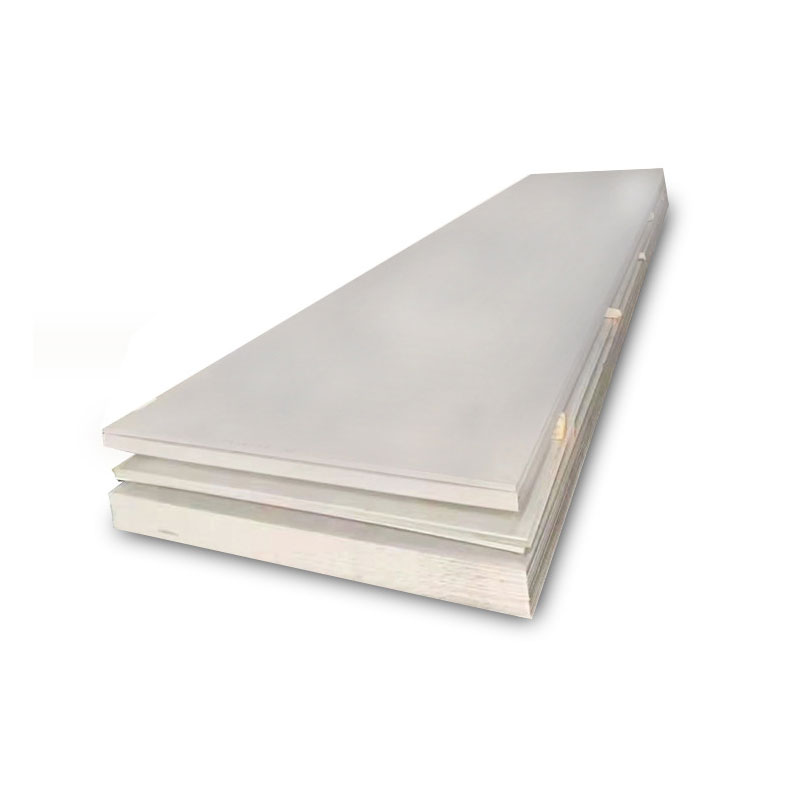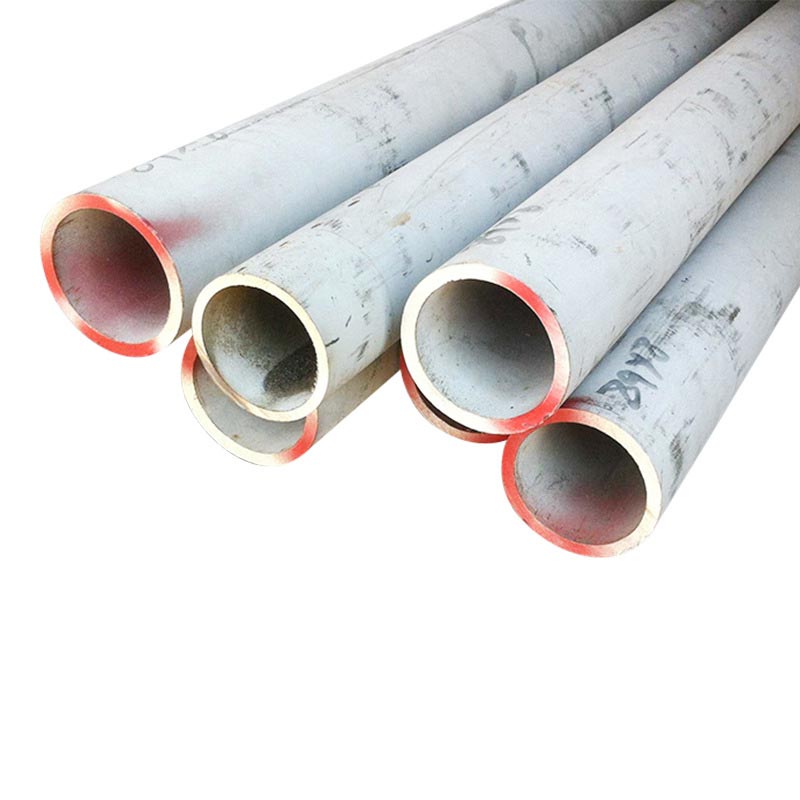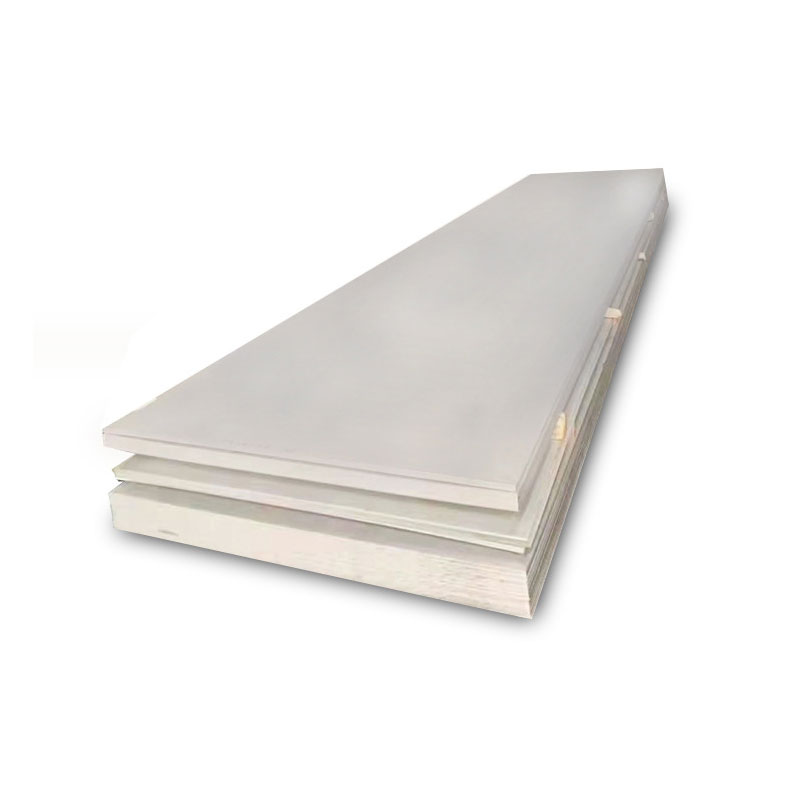News
Get latest steel market trends, production technology breakthroughs, and international trade policies from China's leading steel exporter.
 17 2025-10
17 2025-10 Stainless Steel Sheet Manufacturer: Common Size Specifications for Stainless Steel Sheets
The use of stainless-steel-sheet has become a new type of material alongside the development of the modern construction industry and can be seen everywhere in daily life. When we typically use them for production, what are the available size models we can choose from?
 14 2025-10
14 2025-10 Do You Know the Four Common Defects in 304 Stainless Steel Sheet?
Pitting corrosion in 304 Stainless Steel Sheet, also known as pitting, is a form of localized corrosion that occurs in specific corrosive environments. It typically happens in solutions containing halide anions, with chlorides and bromides being the most aggressive, making them common corrosive media for stainless steel.
 11 2025-10
11 2025-10 Advantages of 316L Stainless Steel Sheet Connections
The 316L Stainless Steel Sheet not only boasts advantages such as high toughness, convenient connection, and resistance to water hammer, but it also overcomes shortcomings like water erosion, environmental pollution, and scaling associated with some materials, as well as the low hardness and poor fire safety performance of plastic hoses.
 29 2025-09
29 2025-09 Introduction to the Characteristics of 304 Stainless Steel Tube
Stainless steel seamless tubes are steel pipes resistant to weak corrosive media such as air, steam, and water, as well as chemically erosive media like acids, alkalis, and salts. They are also known as acid-resistant stainless steel pipes.
 26 2025-09
26 2025-09 Discussion on Welding Quality Measures for 304 Stainless Steel Tube
The adoption of appropriate welding methods, pre-welding preparations, structural design, welding techniques, and post-weld inspection controls are crucial for further enhancing the welding quality of stainless steel seamless tubes.
 22 2025-09
22 2025-09 What are the Requirements for Anti-Corrosion Construction of 316L Stainless Steel Sheet?
Surface imperfections such as burrs, welding spatter, weld scars, splatter, dust, and scale on the 316L Stainless Steel Sheet should be cleaned prior to rust removal. Loose oxide layers and thick rust deposits must also be removed.

